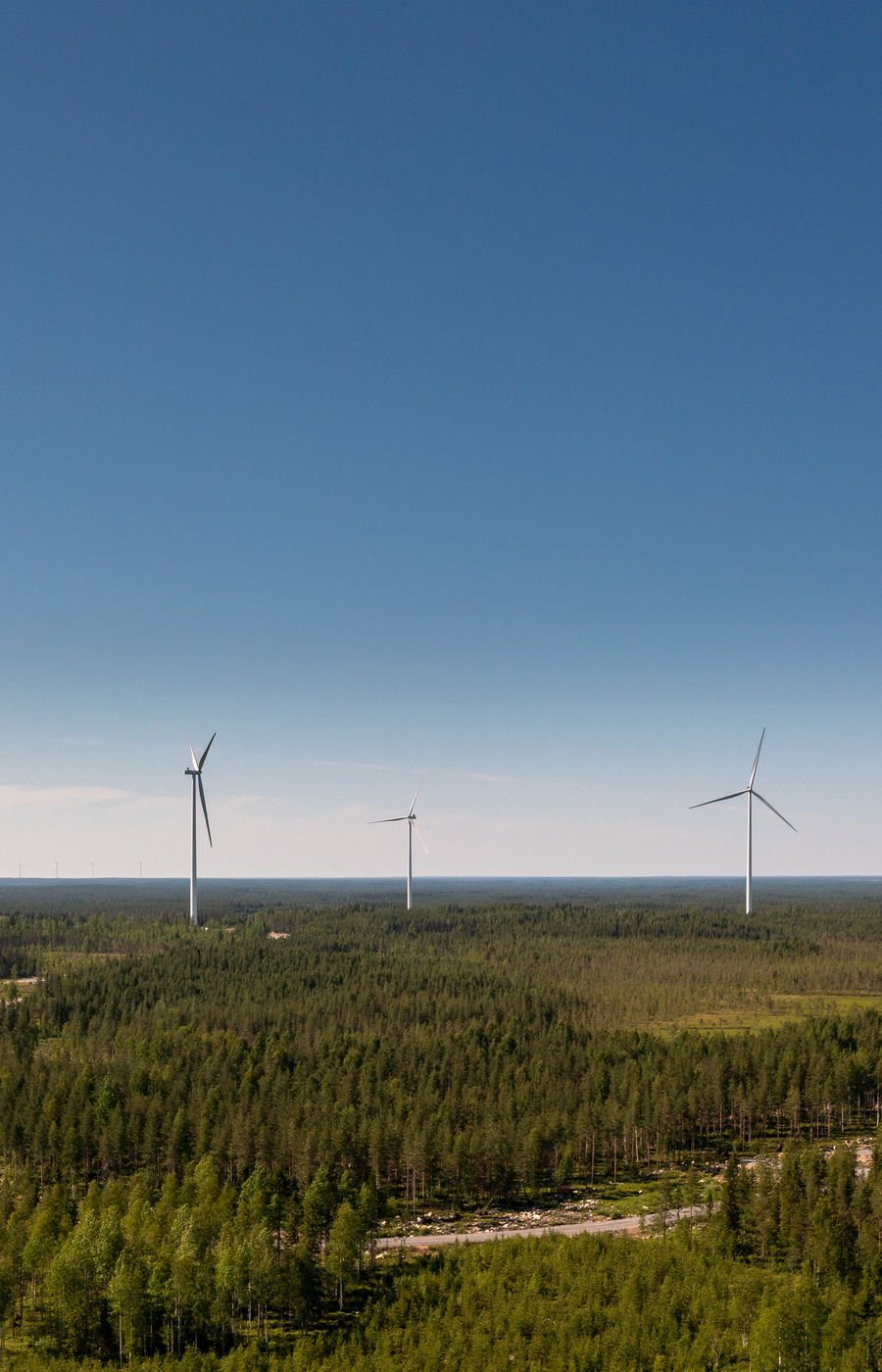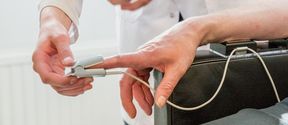Wind power forms one of the key cornerstones of the transition towards a future built on renewable energy sources. Finland has rich potential to generate electricity using wind turbines, but the question is not simply about the intermittent nature of wind power. It's also about ensuring Finland’s national energy grid is properly equipped to carry wind-generated electricity across the country.
An interdisciplinary group of Master’s students in Aalto University’s Advanced Energy Project Course, completed the ‘Future of wind power in Finland’ project with Fingrid, Finland’s national electricity transmission grid operator. The project assessed Finland’s future wind energy potential using a decade of existing wind energy production data. The research group created four geographically based wind power production scenarios (Western Finland, Western and Eastern Finland, across Finland, and across Finland and offshore). Hourly production was simulated to analyse production potential and variability. By simulating 30GW of installed capacity, the results showed that points near the west coast produced higher yields, while offshore farms are most productive. The group chose a 10-year period to establish this additional wind power capacity more accurately in terms of production and variability.
Finland’s wind power potential is strong due in part to its geography. As a large landmass with a low population density, it has the potential to have wind turbines installed in a geographical spread, including offshore. This would be ideal to mitigate against periods where one part of the country has low or no winds, therefore keeping production stable. But this leads to political, industrial, and societal questions – are people willing to have wind turbines near their homes? Is industry prepared to build windfarms offshore, where yields are highest, but so are installation costs? Even then, Finland’s wind energy future depends on the capacity of its national grid.
With the shift to renewable electricity swiftly underway in Finland, electricity transfer needs will increase hugely in the 2030s and 2040s. Investments will need to be made to expand the transmission capacities of Finland’s national grid to meet impending transfer needs. Currently, Finland’s national grid would be unable to handle, store and transfer a huge influx of renewable electricity without capacity and backup investments. This would, in turn, limit how much renewable energy would be allowed into the system and slow down the energy transition.




